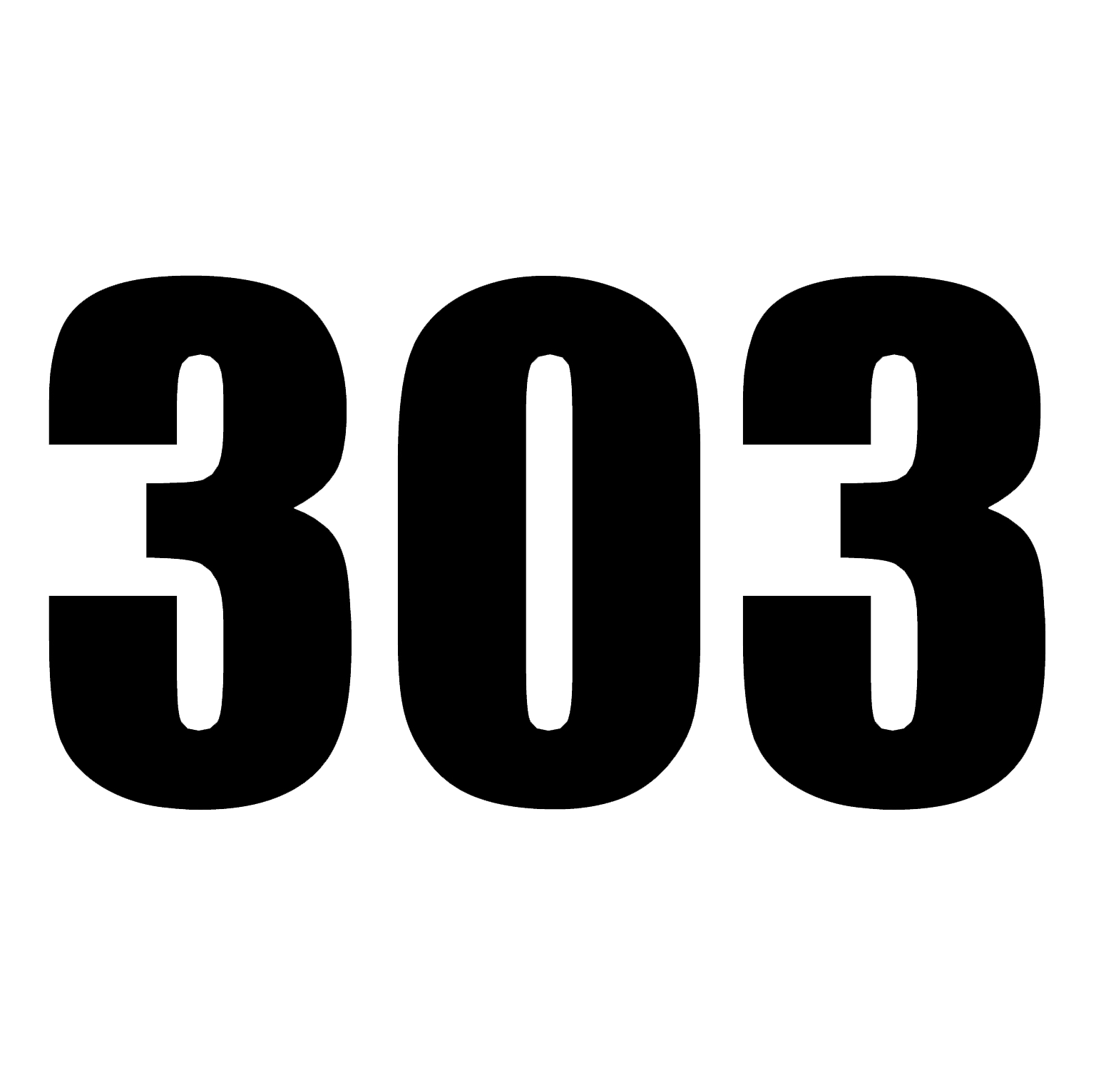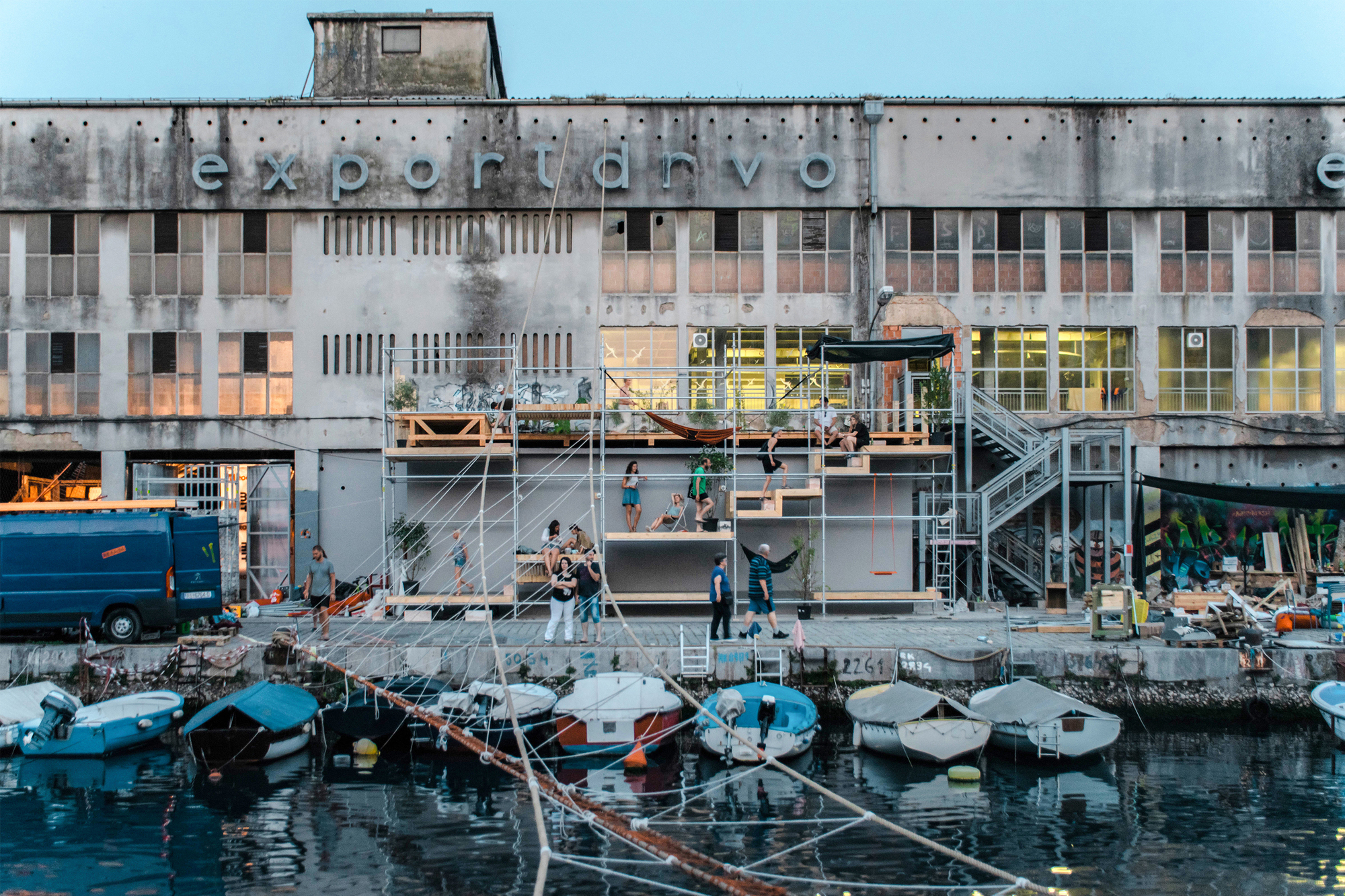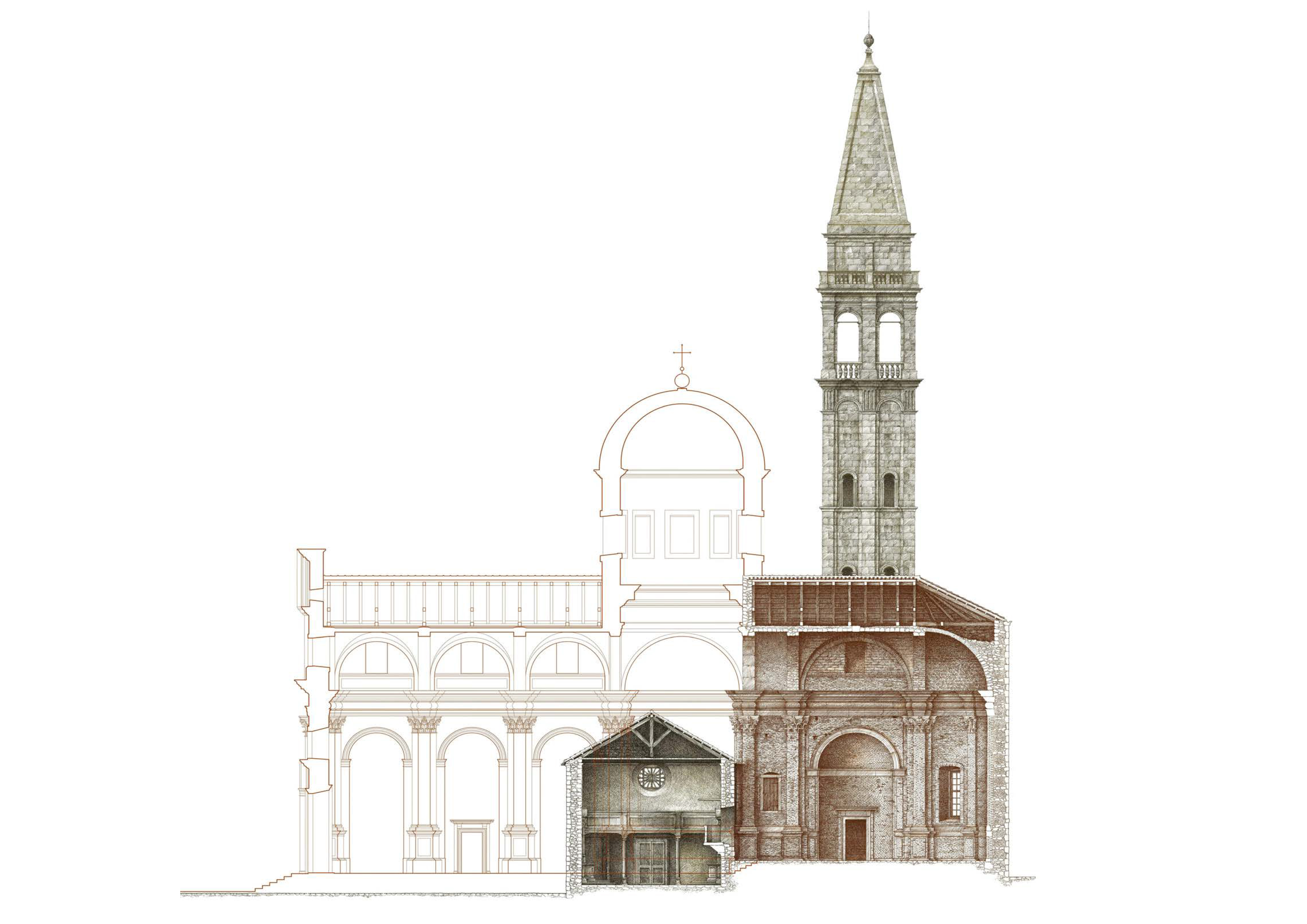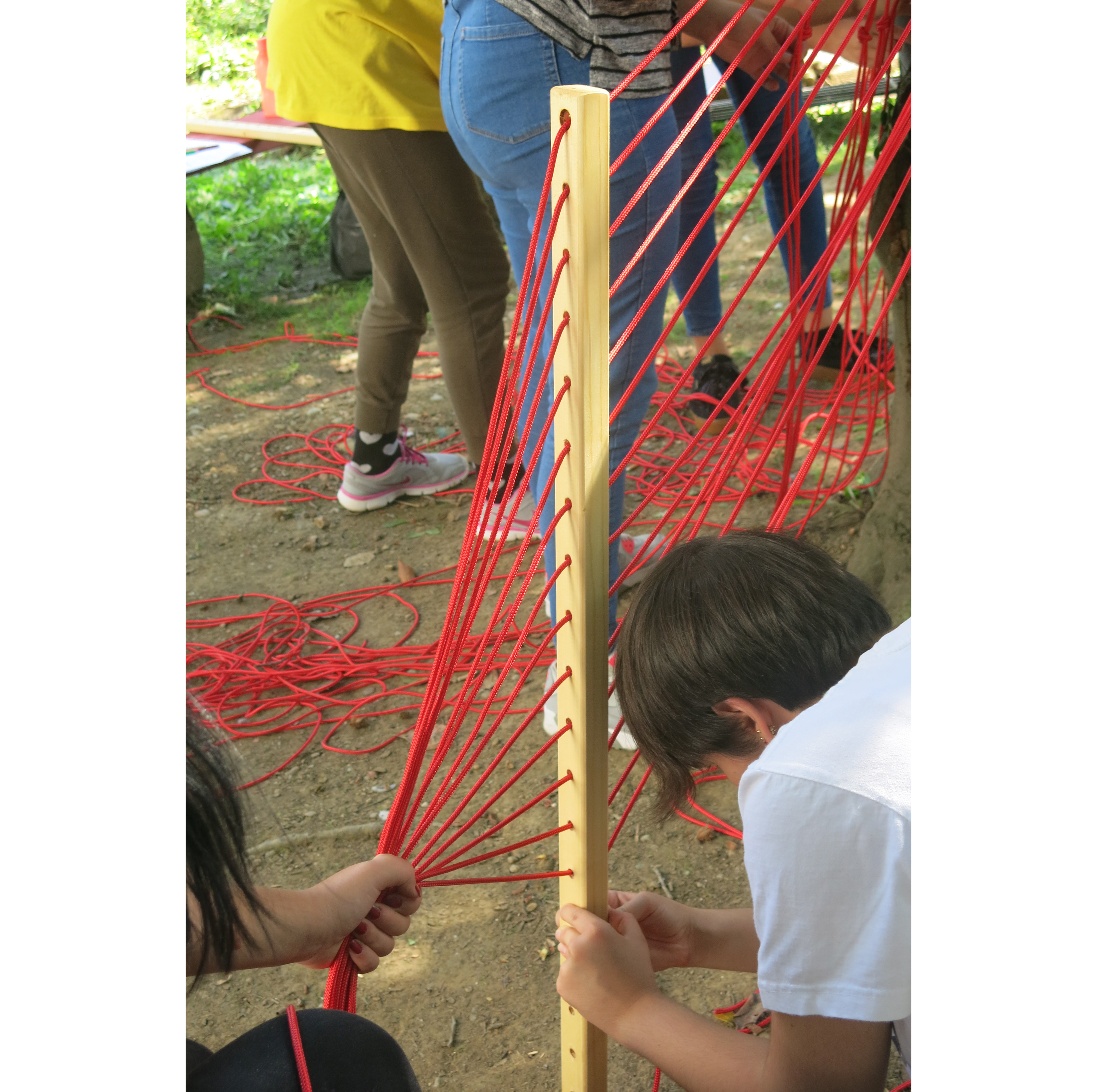Interview: Jovana Nikolić
Translation: Filip Radojević
Although we are all aware that New Belgrade stopped fulfilling the function of the “concrete dormitory”, as it was called for decades after being built, its popularity among the citizens of Belgrade still comes mostly from practical and economical, rather than aesthetic reasons. Yet again, during the mid-term of the last year, the profile Brutalism and renaissance emerged, within which the architect Jovana Radujko, using drawings of modernistic architecture brings a new, completely different and in some way “more romantic” view on New Belgrade. The project Brutalism and renaissance originated spontaneously, with the help and persuasion of Jovana’s friends and boyfriend, and the interested audience soon wished to order the drawings of New Belgrade’s blocks and buildings to take away on their t-shirts and handbags. From a residential purpose, through inspiration for artworks, and lastly prints on utilities, the New Belgrade brutalist architecture crossed an interesting journey thanks to the talent and effort of this girl, which was in love with her “hood”, of which you will find out more in the following interview.
■
Considering that you grew up in New Belgrade, you certainly may have noticed the change that, in the last decades, turned the formerly called “Concrete dormitory” into one of the most popular parts of the city. Does architecture adapt to these socio-psychological changes of the residents of Belgrade or does it, in fact, dictate the new trends of housing and demand?
It appears to me that this happens mutually. When it comes to this sudden “boom” of construction of large shopping centres I believe that the human factor plays the key role. Delta City and Ušće shopping centre in some way build a good section of New Belgrade. Especially Delta, since that area was desolate before that, but ever since started developing rapidly. To me personally, it is unnatural that someone wants to live in Belville, but I think that humanity’s needs are turning towards this direction.
Talking about Bellville, what do you think about naming the streets after flowers, or any pictorial markings for that matter, instead of the usual ones?
It sounds appealing to me, but I think it is not the easiest when it comes to finding your way. I like it, and it’s pretty for an enclosed block of residential buildings, without too much traffic, but not as practical when these building house companies or institutions which one has to find.
In which block do you live (if not a secret) and do you have a favourite building in the “hood”?
In block 3. Until now, I haven’t managed to define what was my favourite in the neighbourhood. There are certain buildings which I am fond of due to personal and emotional reasons, and I might point out the SIV 3, because my mum used to work there, and when I visited her when I was little, that building always seemed like a spaceship to me due to the orange glass. Genex is also one of my favourites because it Is a sign that I am coming home, to Belgrade. But I care more for the general ambient then individual buildings.
It seems to me as if strangers are more delighted by the architecture of New Belgrade than the local populace. Does this occur because of the “collective memory” which bonds an art or architectural work with a specific (negative) emotion regarding the system in which it appears?
My personal impression is that our domestic brutalist architecture is more exhibited abroad than in our own backyard. The Yugoslav architecture is very interesting and unique, and foreigners managed to recognise that. Probably due to the growing trend of turning towards brutalism, I see that they are more willing to emphasise and research it, while we take it for granted because we live here, and we are not even merely aware of it’s value.
I can’t say anything about the system, at least from my own experience. I still haven’t met people who are frustrated with the buildings, but I think that the aesthetic impression is more prevalent in the negative comments.
People often think that post-war architecture of this area does not have the same value as the one from previous epochs. What do you think, is it because of the lack of ornaments on the façade, or because of insufficient time-lapse?
These ornaments did show off luxury and splendour, but it is more due to insufficient time passing by. Yet, someone like me, who lived his entire life in New Belgrade does not have any problems with it. A flat on Dorćol would suit us more, with a high ceiling, but I believe that New Belgrade is more than good for a normal and comfortable life.
Customs Administration / SIV 3 / Block 23
Who are the best chroniclers of life in New Belgrade (besides you) and what would you recommend to people from other cities to see/listen to/read in order to get some insight in the soul of this part of the town?
The photographer, Ivo Eterović, has a book of photographs of New Belgrade, admittedly older, originating 20-30 years ago, which I personally love and appreciate thoroughly. In this moment, I believe that the true bearers of all of that are the media, and that contents such as mine appears only in social networks. I wouldn’t point a finger towards anyone, but I keep track of profiles and pages which deal with the aesthetics of New Belgrade, and which are true indicators of what is currently going on in that area. I see the need for people of my generation to be showing New Belgrade in their own way – these are common people which share their views and feelings on the subject on social media.
You draw by hand, and I have to admit it, extraordinarily precise, but such a drawing still softens the sharp contours of architectural achievements. Does a freehand drawing wash away some of the brutalism of this kind of architecture?
Precision of the form may be lost in drawings, but I believe that I accurately depict the buildings and care very much about the rhythm and details of the building. Had I drawn with a ruler it would be a photograph of a building. This way, I put my relation and emotion within what I depict. I admit, it is possible that I smooth it out a bit.
This was not a critique, but it seems that you romanticize the building a lot, so the people seeing your drawing think “wow, this is very pretty”, whilst they don’t think the same once seeing the building itself.
That is true, a lot of people told me similar things, especially those who “hated” New Belgrade and told that it was all grey and monotonous, and that they can not find their way. They too found something pretty within it after seeing my drawings. I believe it is due to the fact that I transfer a part of my love towards New Belgrade with my drawings.
Which buildings were the most difficult to be transferred in a drawing, and why?
Block 23! It has a lot of buildings with incredibly complex facades, and this block is one of the best examples of brutalist architecture. I drew a shot in which a long horizontal building in perspective can be seen, and in the background skyscrapers with an incredible number of floors. It is complicated due to the fact that this block many buildings had plenty of “decorations” and bends in the facades, so I didn’t draw it any more, but I plan on giving it my full attention again. In time, I managed to gain some skill, and went from 10x10cm drawings to larger A4 formats, so I believe it is time for a new Block 23.
From the rest – the blocks 61, 62, 63 and 64 were hard because they had staircase facades, since I don’t live there, and didn’t watch them every day, it was harder to figure out from the photographs what things match, and it was very important to me to show the exact number of floors, windows and do nothing by heart. But once I meet and draw a building at least once, it stays in my memory: both it’s harmony and disposition, so every next drawing gets better and better.
In the same style, but not for Brutalism and renaissance, you did depictions of Novi Sad. Did you depict brutalist architecture as well, and how was it to represent another city?
Hard… Just kidding. For example, their Liman is our New Belgrade, which was most interesting and I drew it with ease. It was interesting to draw the cathedral too, which is the cities primary symbol, and the Town hall, because they have a lot of details, which I yet managed to combine into my style. It was challenging, but I cannot say that I would choose all these buildings by myself. It was a slight problem that I didn’t know Novi Sad very well; I didn’t visit most of the neighbourhoods so I didn’t have any emotions that I would take into the drawings, although they came up pretty well from a technical standpoint.
Block 45-61 / Block 62 / Block 70
What specifies the colour of the sky over the black and white contours of buildings in your block?
When I started drawing, I insisted on black and white drawings. Then, in one moment, I was working on a larger shot with fewer details and I had the need to add some colour, so I coloured the building. I liked it, but it looked too much like a photograph. The first drawing with coloured skies was the film-theatre “Jugoslavija” near the old Merkator. It was a simple shot, which needed colour because it hadn’t had many details on it, so I put in some orange that associated me with the time I spent there with my friends. When I posted that drawing on social networks I wrote: “I dared to add some colour” and I got a lot of positive responses. Ever since, I allowed myself to add colours according to my personal sense. With certain shots I have associating colours which are irreplaceable there, and I believe that colour is just another layer of my personal sensation of it all. I noticed that I have periods of yellow – yellow seems like a happy colour.
Do people ask you to change the colours on drawings which they order, and does it fall hard on you?
It does fall hard on me when some people ask me for bright blue colour, because that is the colour of the sky (I apologize to everyone who asked for that). But if I paint the skies blue, I may as well paint the buildings in grey and trees in green, and thus my idea loses its point.
Looking at your drawings (maybe even more than the buildings themselves) I notice how many windows are present at a typical New Belgrade building. Are the windows the mirror to the soul of a building? Does it ever intrigue you what is going on behind them, while you transfer them to your sketchbook?
I think that windows are the soul of a building to some extent. They make the façade rhythmic and dynamic. When I drew the skyscrapers in Novi Sad, it was fascinating how many sunblinds were rolled down. I found it interesting that one can assess by the windows to what extend does a living unit go. It was nice to see a person on a window or terrace. I don’t draw this kind of things, but I find it interesting to see the residents who live there. I don’t care too much what is going on within the buildings, but the thing going on between the inside and outside, the façade, which is the layer I actually draw.
Which buildings are best sold – as prints?
The Genex, absolutely, because it is the most recognisable. It would be bought even by people from the other side of the river. The view towards Carina where you can see the new bridge. I would say that those two are among the most sold drawings because they are the most recognisable too. The blocks 45 and 70 follow soon after.
The social media, through which you post your contents, do in deed affect the life of the contemporary human. How do they work to benefit art and architecture, and are there any unused potentials in that regard?
I believe that in this moment everything is on social media, and want it or not, you are obliged to be on them. They definitely benefit art because they give artists a safe spot on which they can exhibit their work. It is a starting place, from which something is launched with the goal to reach as many people as possible. Now, architecture is a little bit different, but social networks benefit it too, because “to be on the net is to be”. I am not as well versed in advertising on social networks, but I do realise that these days one should utilise them because they offer a plentiful of possibilities. All that happened to my project Brutalism and renaissance happened through the social networks.
What would you recommend to visitors from other cities to visit in (New) Belgrade?
That depends on their preferences. I would tell to everyone that in New Belgrade they should walk wherever they wish. I would point out Block 23 to be the representative block due to its brutalist architecture, the Genex, because I think it is so “wow” to stand below it and look up. The jetty towards Zemun is also nice for walking, but I still wouldn’t choose one over another; I would say: Walk and you’ll see something that you might find eye-catching. That’s the way I do it in other cities – I find it best to walk about and experience the city in its own way, instead of running towards the most famous tourist destination.
Genex / Cinema “Jugoslavija” / Fountain
■
Follow Brutalism and renaissance on Facebook and Instagram,
as well as KUŠ! – a magazine led by Jovana Nikolić.





